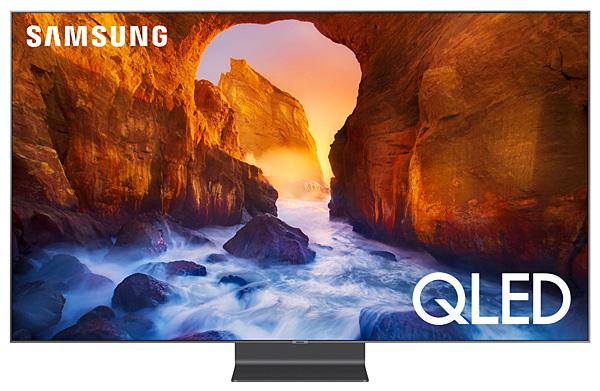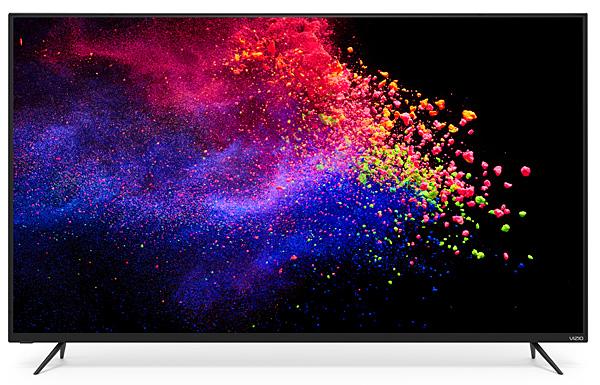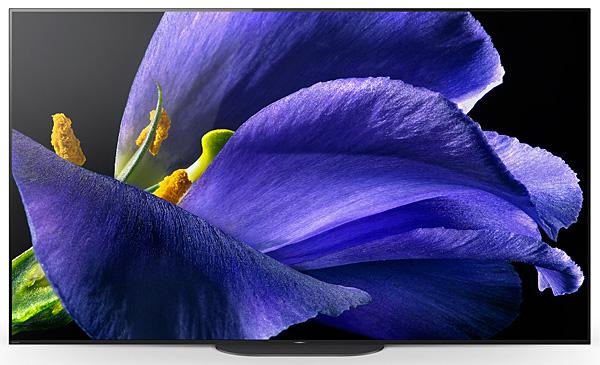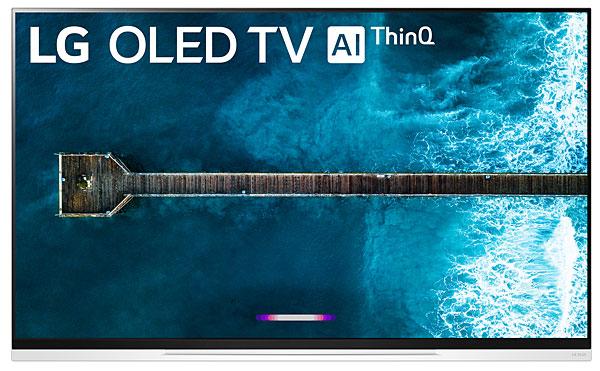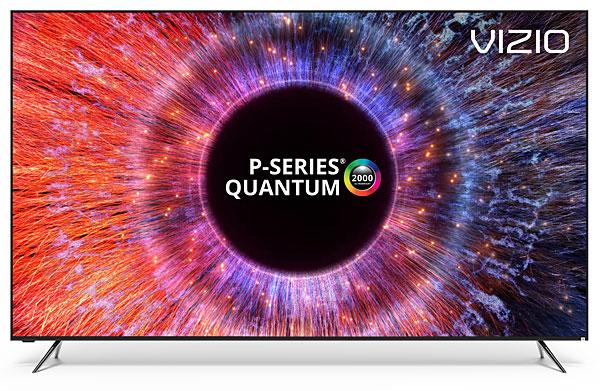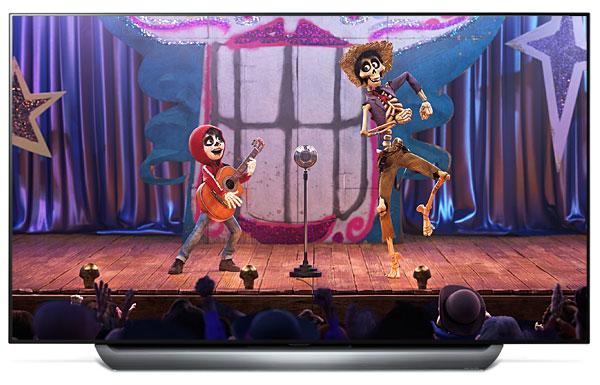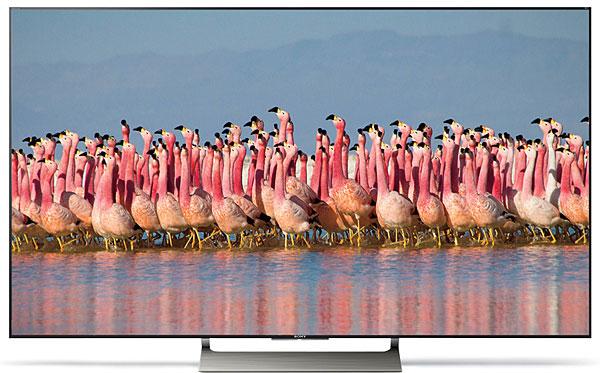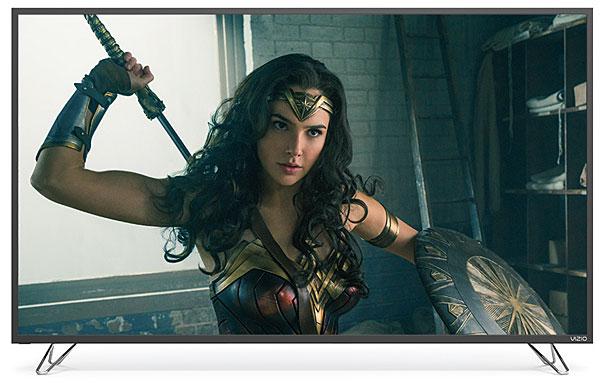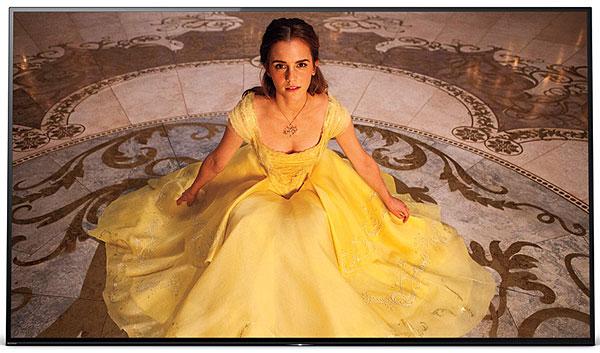4K TV Reviews
Sort By: Post Date TitlePublish Date
|
Oct 16, 2019 |
|
Aug 28, 2019 |
|
Aug 14, 2019 |
|
Jun 26, 2019 |
|
Jun 19, 2019 |
|
Oct 31, 2018 |
|
Oct 17, 2018 |
|
Aug 02, 2018 |
|
Jul 26, 2018 |
|
Jul 19, 2018 |
|
Dec 04, 2017 |
|
Nov 28, 2017 |
|
Nov 09, 2017 |
|
Oct 13, 2017 |
